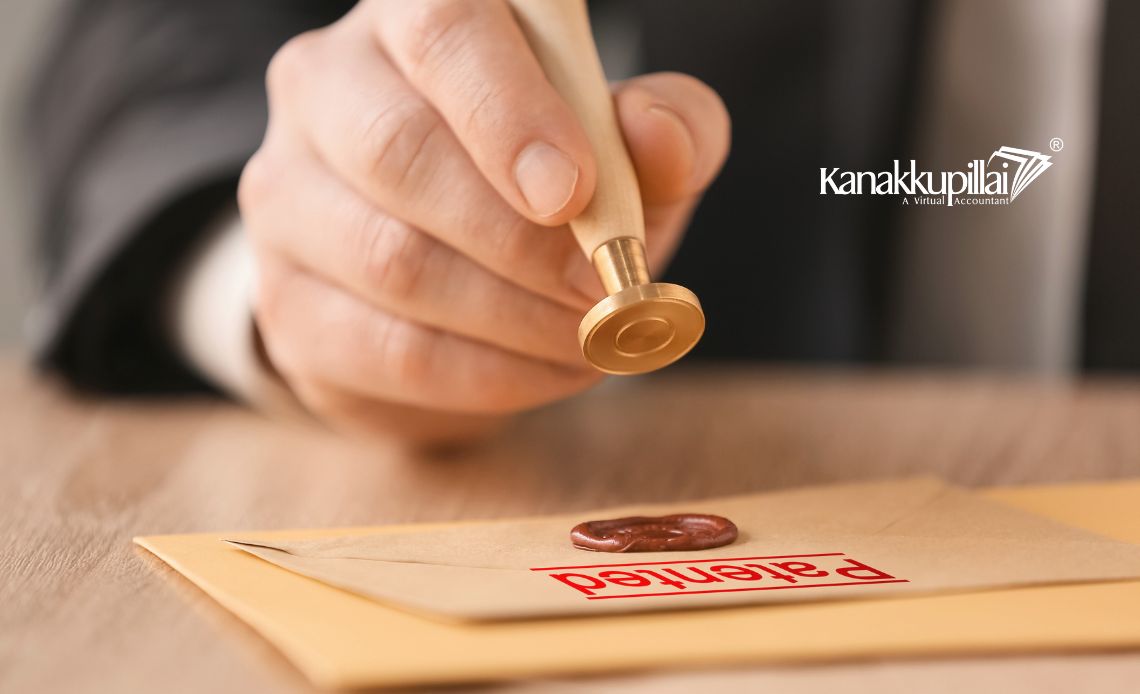Trademarks are the backbone of any successful business, working as a unique marker that sets a brand apart from its competitors. However, mistakes can show in the copyright record, which can lead to legal fights and financial losses. Rectification of trademarks is a process that helps fix these mistakes, ensuring correct and legal trademark records. In this blog, we will explore the worth and process of trademark rectification, helping you understand when and how to fix mistakes in your brand.
Understanding Trademark Rectification
Rectification means fixing a mistake in the trademark record. These mistakes can include wrong info or old stuff. Rectification ensures that the copyright record stays correct and up-to-date, protecting the legal rights of brand owners. It is important to understand that repair is not an easy process and requires careful review of the reasons for correction and the proper paperwork.
When is Rectification Needed?
Rectification is important in several situations:
- Incorrect Details: If there is a mistake in the writing or details of your name, repair is important to ensure the truth.
- Owner Changes: If there is a change in the owner’s name or address, correction is needed to update the record.
- Classification Errors: If there is a mistake in the classification of goods or services related to your name, the repair is important to ensure proper security.
- Outdated Information: If your company details are outdated or wrong, repair is necessary to ensure compliance with trademark laws.
Who Can Apply for Trademark Rectification?
Anyone impacted by a mistake in the trademark record can ask for correction. This includes:
- brand Owner: The brand owner or their authorized agent can apply for correction.
- Affected Parties: Any person affected by the mistake in the record can also ask for correction.
Grounds for Rectification
Rectification can be asked for on several grounds:
- Insufficient Cause: If the property was filed without sufficient cause, correction can be sought.
- Error or absence: If there is an error or absence in the record, correction is important to fix it.
- Non-Use: If a brand has not been used for an uninterrupted period of five years, correction can be asked for.
- Misleading Use: If a brand is being used in a misleading or deceptive way, correction can be asked for.
Process of Trademark Rectification
The process of patent correction includes several steps:
- Application Submission: File an application for correction using the approved form (TM-O). Provide information on the brand and the desired change.
- Review by Trademark Office: The trademark office studies the application and may ask for additional papers or explanations.
- Publication and Opposition: The suggested correction is written in the trademark journal. Third parties can resist the correction within a defined time.
- Hearing and Decision: If challenged, a hearing is set. The Registrar reviews reasons from both sides and makes a decision to accept or reject the correction.
Importance of Trademark Rectification
Rectification of property is important for several reasons:
- Truth: Maintains the truth of the property file.
- Legal Protection: Protects legal rights and company purity.
- Dispute Prevention: Avoids court battles and possible financial losses.
- Proper Use: Ensures proper use and security of brands.
Conclusion
Rectification of trademarks is a vital process that helps fix mistakes in the trademark record. It guarantees correctness, defends legal rights, and avoids legal conflicts. By knowing when and how to correct mistakes in your property, you can protect your business and keep its identity. Follow the right process for quick and correct correction, and keep your property information up to date to avoid problems. If you are unsure about the correction process or need help, speak with a trademark expert to ensure the best possible result for your brand.





